Understanding Last Mile Delivery Challenges and Solutions
Last mile delivery refers to the final step in the logistics process where goods are transported from a distribution center or facility to the end customer. This stage directly impacts customer satisfaction and is the most visible part of the logistics chain.
Want to learn about Last Mile and Best Logistic Use Cases? Download our Logistics Ebook Today!
The efficiency and effectiveness of last mile delivery can significantly influence a company’s reputation, customer loyalty, and overall success. Most importantly, improving a company’s first time delivery rate has significant financial benefits, as it cuts out costs associated with additional delivery attempts, returning packages to fulfillment centers, the potential of theft and others.
However, last mile delivery presents several unique challenges. Firstly, it is often the most expensive part of the shipping process. Additionally, delivering goods in densely populated urban areas can lead to delays due to traffic congestion and limited parking. Ensuring customers are available to receive their deliveries can also be challenging, leading to failed delivery attempts and additional costs.
Two-way messaging, where both senders and recipients exchange messages in real-time, can help alleviate some of the pressure of the last mile. It enables logistics providers to communicate directly with customers and delivery drivers, facilitating immediate and clear exchanges of information. This direct line of communication can help address delivery issues promptly, confirm delivery details, and provide real-time updates, ultimately enhancing the overall delivery experience.
Enhancing Communication Between Drivers and Customers
Two-way messaging allows immediate responses to customer queries, ensuring that any questions or concerns are addressed promptly. Whether a customer needs to know the exact delivery time, ask about package handling, or request specific delivery instructions, two-way messaging provides a direct channel for obtaining quick answers.
Moreover, two-way messaging helps clarify delivery instructions on the go. For instance, if a customer needs to change the delivery location at the last minute or provide additional details about accessing their property, they can easily communicate these instructions to the delivery driver in real time. This flexibility ensures that deliveries are completed accurately and to the customer’s satisfaction, even when unexpected changes occur.
Reducing miscommunication is another critical benefit of two-way messaging. Traditional one-way communication methods, such as automated emails or notifications, can sometimes lead to misunderstandings or missed information. In contrast, two-way messaging allows for clearer, documented conversations. Both parties have a record of the exchange, which helps in verifying details and ensuring that all instructions are correctly understood and followed.
Many of today’s messaging platforms support a rich messaging experience. Delivery companies can use buttons, images, and voice messages to coordinate package delivery, reschedule deliveries, confirm deliveries, and improve the delivery process.
Cutting Costs in Last Mile Delivery
Two-way messaging reduces failed deliveries and optimizes resource allocation. By confirming availability and delivery instructions in real-time, logistics providers can avoid failed delivery attempts, which often result in additional costs associated with re-delivery. Clear, direct communication with customers ensures that delivery drivers have the necessary information to complete deliveries successfully on the first attempt.
Two-way messaging also aids in optimizing resource allocation. Logistics providers can better manage driver schedules and routes to reduce unnecessary travel and fuel costs. When drivers receive instant instructions or updates about their routes, they can adapt quickly, avoiding traffic congestion or other delays. This not only saves fuel and reduces wear and tear on vehicles but also improves overall delivery efficiency. By leveraging two-way messaging, logistics companies can streamline their operations, leading to significant cost savings and enhanced service quality.
Improving the Bottom Line
Logistics companies can achieve significant cost savings by leveraging messaging in their last mile delivery operations. By using SMS, WhatsApp, Viber, and other messaging platforms to communicate with customers, they can reduce the likelihood of missed deliveries and the associated costs. For instance, sending real-time updates and delivery notifications allows customers to be aware of their package status, ensuring they are available to receive it. This reduces the need for redelivery attempts, which not only saves on fuel and labor costs but also minimizes wear and tear on delivery vehicles. Furthermore, messaging can be used to confirm delivery details or allow customers to reschedule, further decreasing the chances of unsuccessful delivery attempts and the expenses that come with them.
Messaging can also streamline customer support and reduce the operational costs linked to handling delivery issues. Customers can easily report issues, ask questions, or request changes to their delivery via text, which is faster and more efficient than phone calls or emails. This quick resolution of delivery challenges reduces the workload on customer service teams, leading to lower labor costs. Moreover, automating routine communications such as delivery confirmations or delays through messaging can free up resources, allowing logistics companies to allocate their workforce to more critical tasks, ultimately leading to more efficient operations and financial savings.
Getting Started with Two-Way Messaging
Implementing two-way messaging in your last mile logistics operations is a strategic move that will enhance communication and customer satisfaction. To get started, find a reliable messaging platform like MessageWhiz that integrates seamlessly with your existing logistics management system. Establish clear guidelines for communication to ensure consistency and professionalism, and begin by testing the system with a small segment of your deliveries to gather feedback and make necessary adjustments. Gradually expand its use as you refine the process and address any challenges.
By adopting two-way messaging, you’ll create a more responsive, efficient, and customer-focused delivery service that can adapt to the dynamic demands of last mile logistics.
Learn more about how MessageWhiz can transform your last mile delivery. Contact us today!
About MessageWhiz
MessageWhiz is a leading SMS and business messaging service platform powered by MMDSmart, as part of its integrated CPaaS platform. Our platform provides robust solutions for A2P, 2 way SMS, bulk SMS services, OTP SMS, and smart messaging. Leveraging our unique optimization tools, we enable more efficient, engaging, and profitable interactions across the customer journey.


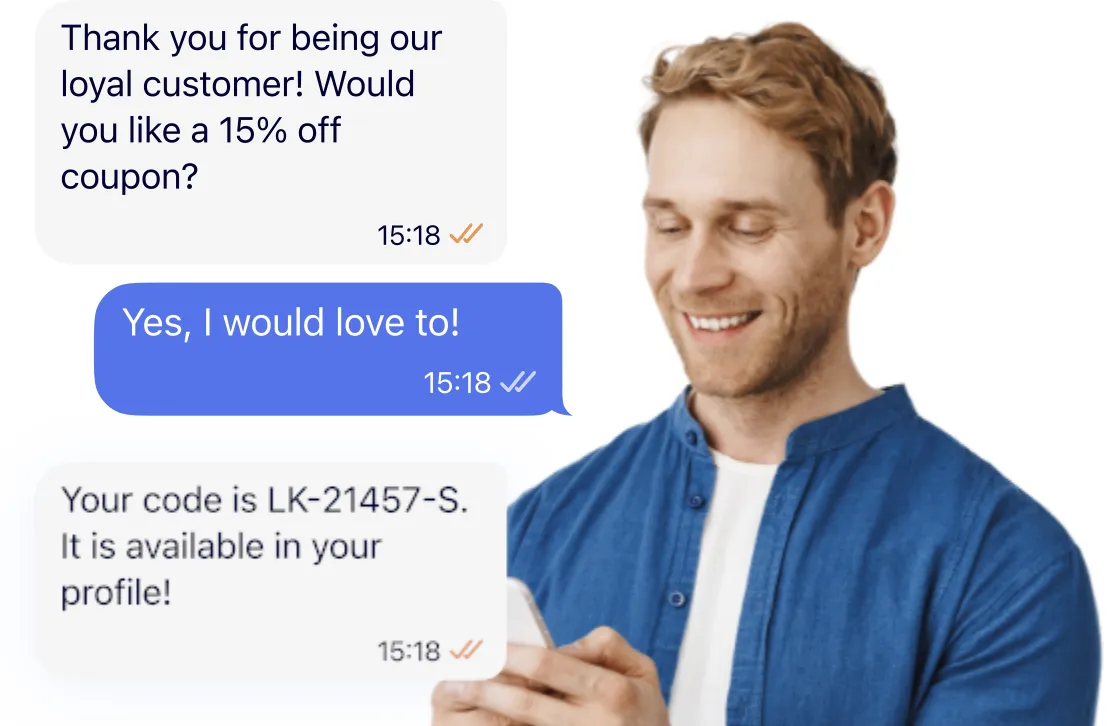
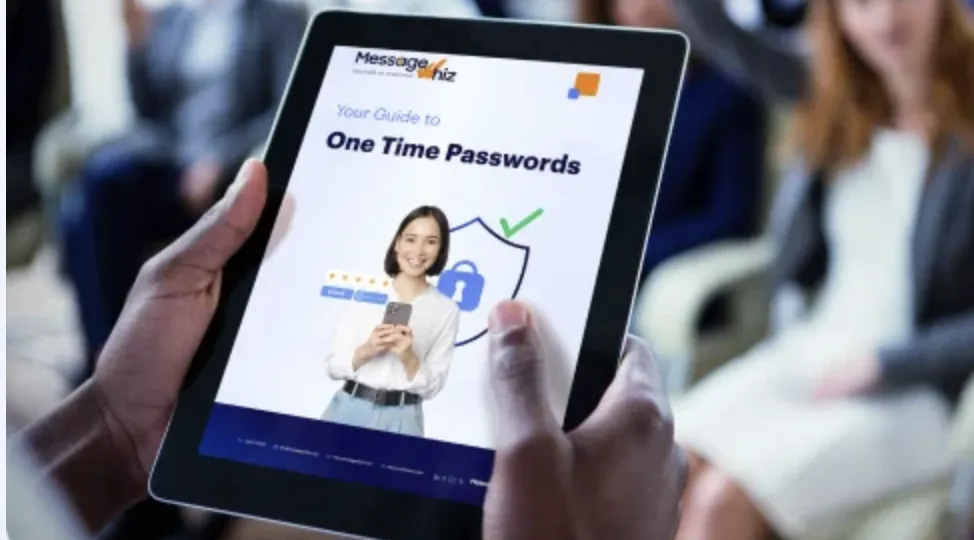
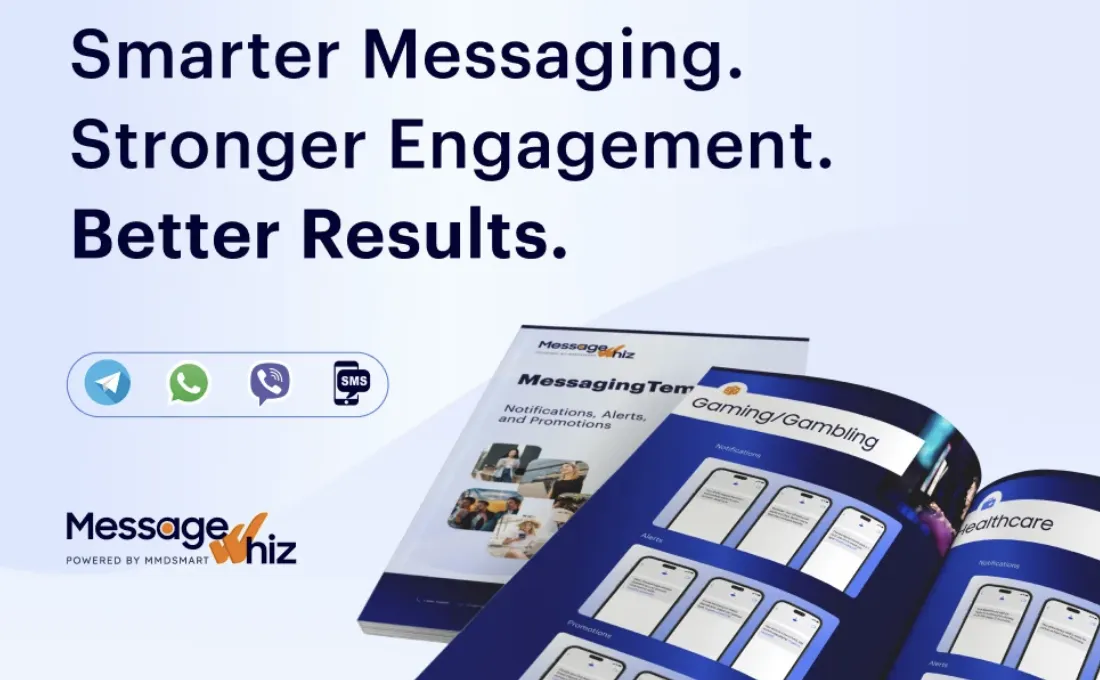


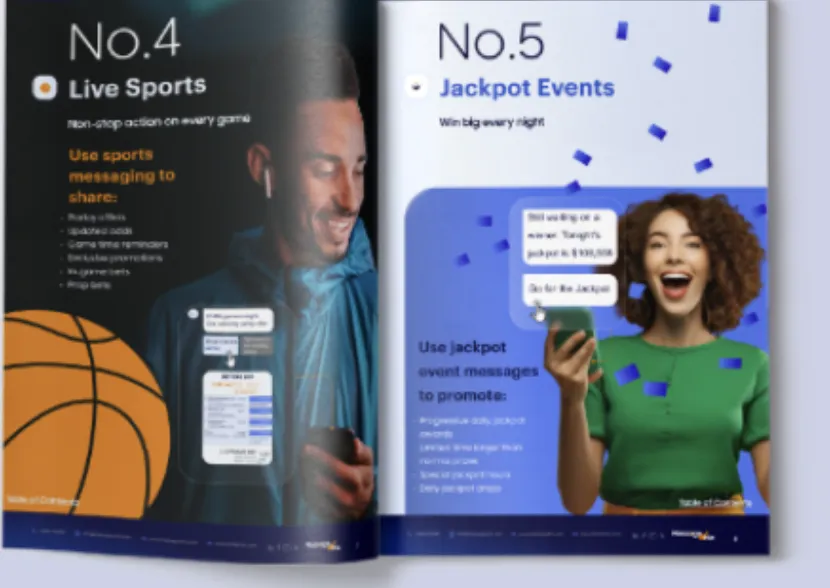

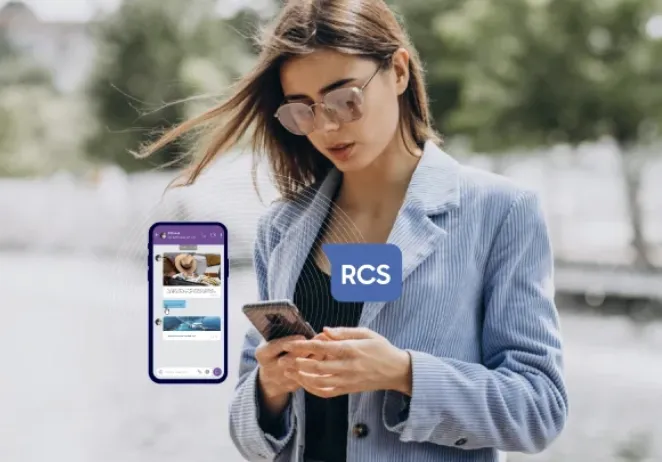
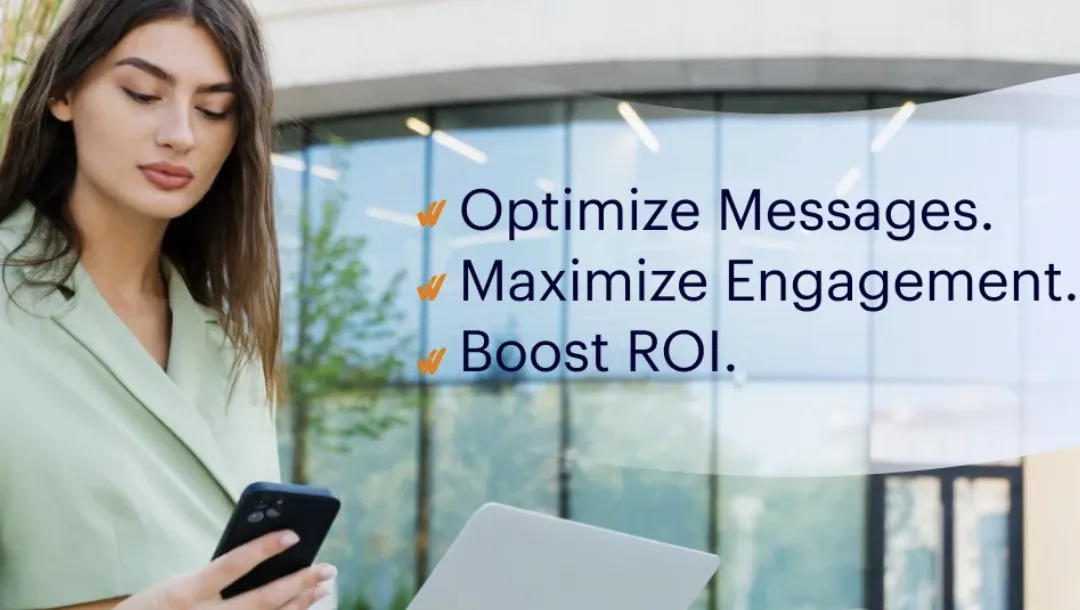




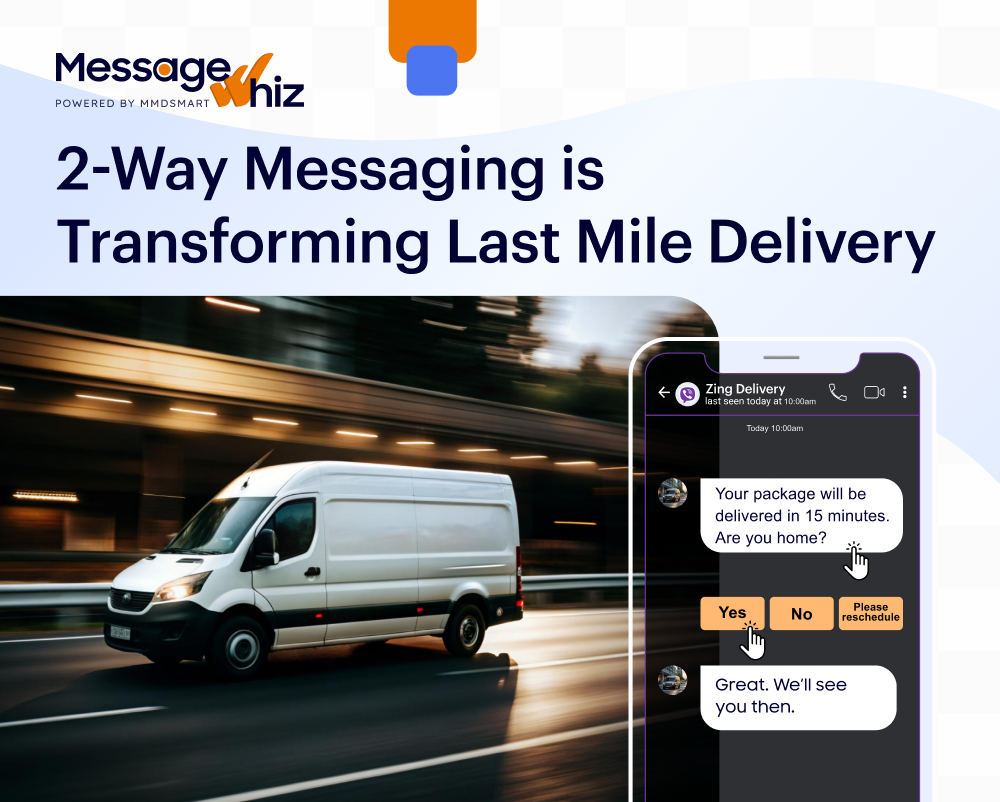

















![10 SMS Marketing Services Compared [2026 Guide] | Message Whiz blog image](https://messagewhiz.com/wp-content/uploads/2025/11/smiling-woman-holding-smartphone-remixed-media-2.jpg)

